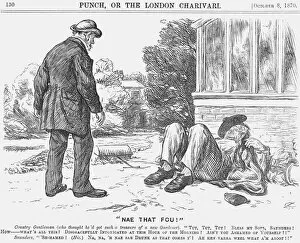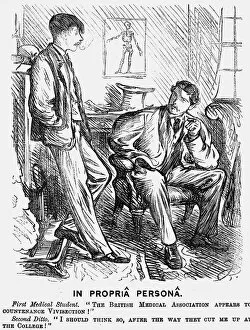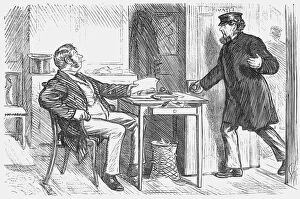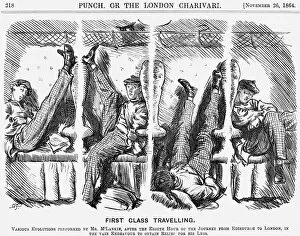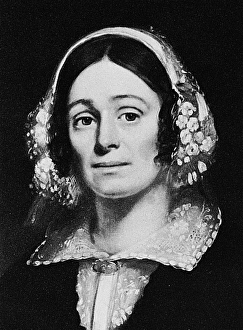Keene Collection (page 2)
Keene, a name that resonates with artistic brilliance and sporting prowess
All Professionally Made to Order for Quick Shipping
Keene, a name that resonates with artistic brilliance and sporting prowess. Foxhall Keene, the American polo player who left an indelible mark on the field of equestrian sports. His engraved image from 1891 captures his determination and passion for the game. But Keene's influence extends beyond the realm of sports. Charles Samuel Keene, an English artist and illustrator, showcased his talent in various works such as "Labor Ipse Voluptas" in 1869. His intricate illustrations brought life to scenes like Nightingale/Keene in Derby. Norman Keene, another talented illustrator known for topical drawings and travel posters, made waves with his caricature illustration depicting a skiing accident at Murren in 1925. The anger expressed by three men adds a humorous touch to this artwork. In contrast to these lively depictions is Norman Keene's replication of William Heath Robinson's original drawings on boarded up shop fronts in London. This collaboration showcases their dedication to preserving art while capturing the essence of merchandise within those shops. The artistic legacy continues with Charles Samuel Keene's thought-provoking piece titled "The Country in the Future" from 1876. Through his brushstrokes, he invites viewers to contemplate what lies ahead for our nation. Amidst all these creative endeavors is a glimpse into domestic life captured by an unknown artist: A man and woman caught off guard by a ringing telephone inside their dressing room. With humor and wit, they exchange words about answering it while not being appropriately dressed – a relatable scenario even today. Lastly, we encounter "A Cool Customer, " whose identity remains shrouded in mystery but exudes confidence through every stroke of paint or pen line used to create this intriguing portrait dating back to around 1871. From sporting triumphs to social commentary and everyday moments frozen in time – the name "Keene" encompasses diverse talents and artistic expressions that continue to captivate audiences across generations.









